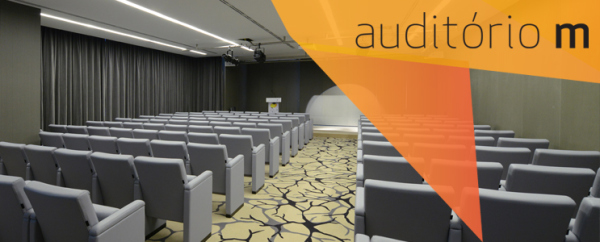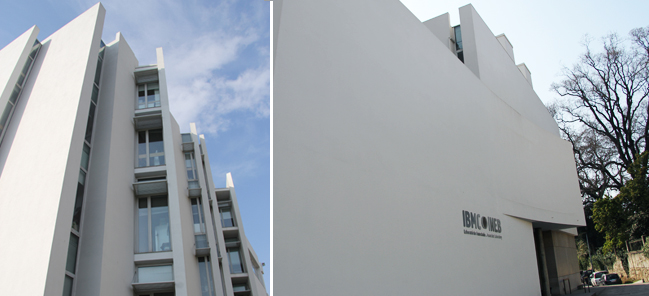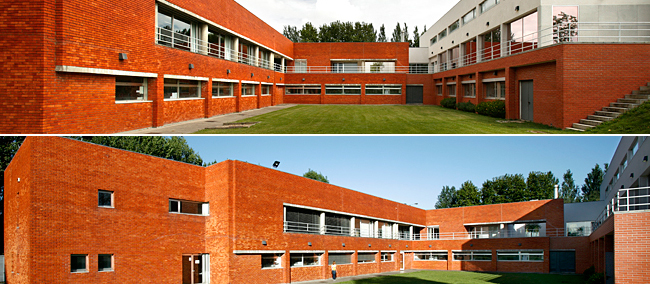
venue
LECTURES
Atmosfera m | Rua JÚlio Dinis, nº 158/160, 5th floor | 4050-012 Porto

...............................................................................
LAB SESSIONS
TOPIC A: ASSOCIATED LABORATORY IBMC•INEB | Campo Alegre nº 823, Porto

TOPIC B AND TOPIC C: IPATIMUP - Instituto de Patologia e Imunologia Molecular | Rua Dr. Roberto Frias s/n
................................................................................
PORTO | PORTUGAL
 |
World Heritage City Portugal's second-largest city, Porto (or Oporto) retains all the ambience of a riverside community, keeping alive ancient traditions. The town is named on UNESCO's World Heritage List, while being the country's most important commercial and manufacturing area. It is built on steep granite hills overlooking the River Douro, with a mass of 19th-century narrow streets and alleys at its heart. The river is straddled by five dramatic bridges that connect the town with the Vila Nova de Gaia area, traditional home of the port-wine lodges and Porto's largest tourist attraction. Theatres, live music of all kinds, bars, nightclubs, cafés and restaurants all contribute to make this a thriving, dynamic city that no visitor to Portugal should miss. From All Travel Portugal and Portugal InSite. |
 |
Adjacent to the Rotunda da Boavista is the Casa da Música, the new concert hall of the city built in 2005 as part of Porto's project for European Culture Capital in 2001. Designed by the Dutch architect Rem Koolhaas (OMA), Casa da Música rapidly became an icon in the city, housing three orchestras, namely the Orquestra Nacional do Porto, the Orquestra Barroca Casa da Música and the Remix Ensemble.
Defined both visually and spatially by its faceted exterior, the Casa da Música invigorates the traditional concert hall with its daring interior forms and innovative use of materials. Material transparency allows for each space to reveal its contents to the city; making visible an array of performances and cultural events. Adapted from OMA & AMO website. |
 |
From the evening of June the 23rd until the 24th, everyone is out on the street. In every corner there is music, jumps over bonfires and dances. All night long, people greet each other with flexible, noisy plastic hammers! These hammers replace the natural artichoke, a plant that grows in the fields around that time. As sardines are typical of this time of the year, people eat them grilled with traditional bread ("broa") before the fabulous fireworks are let off at midnight from the D. Luis Bridge. The festivities continue until dawn. This date coincides with the Summer Solstice. |
Prior to Christianity, the celebration of the change of the seasons were marked with many pagan celebrations. The early Church wanted to stop them but they were so popular that a solution was found: substitute Christian meanings and Saints to these holidays and continue to celebrate them. Therefore, the celebration of the summer solstice became the Festival of Saint John the Baptist and the celebration of the winter solstice became the Festival of Saint John the Evangelist. The popular cult of the Portuguese folkloric São João has no similarity in the rest of Europe. This is the best time of the year to visit Porto. |
|
| USEFUL LINKS: Porto City Hall | Destination Porto | Portugal On line| Portugal InSite | Porto Metro | Porto Local Transportation | Porto Airport | CP - Trains of Portugal | Turismo do Porto e Norte de Portugal | |
|
i3S
INSTITUTO DE INVESTIGAÇÃO
E INOVAÇÃO EM SAÚDE
